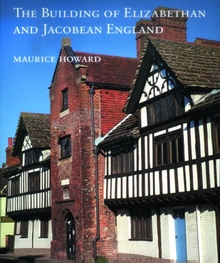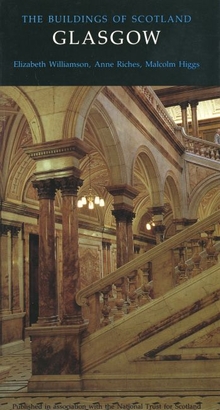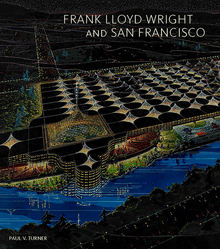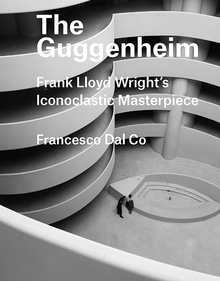The Building of Elizabethan and Jacobean England
WARNING
You are viewing an older version of the Yalebooks website. Please visit out new website with more updated information and a better user experience: https://www.yalebooks.com
Maurice Howard
While the dissolution of the monasteries in the 1530s resulted in the destruction of much of England’s built fabric, it was also a time in which many new initiatives emerged. In the following century, former monasteries were eventually adapted to a variety of uses: royal palaces and country houses, town halls and schools, almshouses and re-fashioned parish churches. In this beautiful and elegantly argued book, Maurice Howard reveals that changes of style in architecture emerged from the practical needs of construction and the self-image of major patrons in the revolutionary century between Reformation and Civil War.
Published for the Paul Mellon Centre for Studies in British Art
“Thanks to Howard’s lucid and accessible prose and the book’s lavish and delightful illustrations, the modern reader, whether scholarly or not, will be delighted. The old guard could well feel challenged.” - Robert Tittler, Journal of the Society of Architectural Historians, 68, No. 1
“The Building of Elizabethan England and Jacobean England is the distillation of deep study and of wide-ranging thought … one gains from Howard’s book a firm and coherent sense of the social fabric of superior English building and of the ways in which its image took shape in the minds of patrons and public.” - Nicolas Cooper, Society of Architectural Historians of Great Britain Newsletter, 96
Publication Date: March 19, 2008
Publishing Partner: Published for the Paul Mellon Centre for Studies in British Art
50 b/w + 50 color illus.














